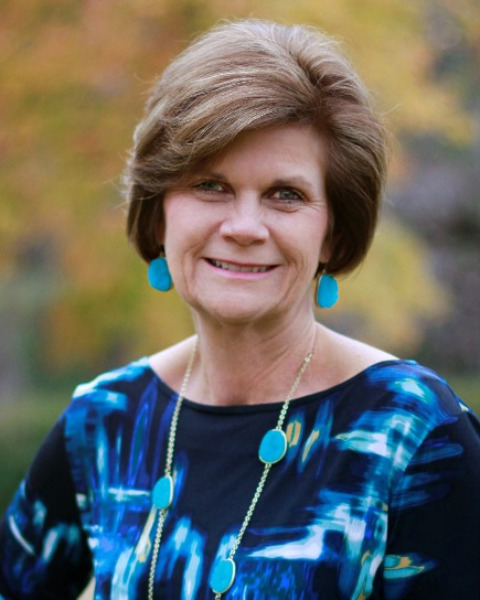Pediatrics (P)
PP1117 - Pupil Diameter as a Measure of Music Training Effects in Children with Hearing Loss
- EG
Emily Gayer
University of Texas at Dallas
Dallas, TexasDisclosure(s): No financial or nonfinancial relationships to disclose.

Linda Thibodeau, PhD
faculty
University of Texas
University of Texas at Dallas
Dallas, TexasDisclosure(s): Phonak: Consultant (Ongoing), Grant/Research Support (Ongoing), Speaker/Honoraria (Ongoing)
Lead Presenter(s)
Presenter(s)
Music training during elementary school years has been shown to have a positive correlation with performance on reading, phonological awareness tasks, attention, and self-esteem in children with both typical and atypical hearing. It is hypothesized that early music training applied during the critical period, especially to those with hearing loss, may significantly impact a child’s music perception later in life. The purpose of the Baby TEMPO project was to assess the effects of the Suzuki Early Childhood Education (SECE) musical training for infants/toddlers with typical and atypical hearing using eye tracking protocols to assess melody recognition.
Summary:
The focus of this project, Baby Training Early Music with Parent Observation (TEMPO), was on music training during the critical period of auditory development, the first three years of life. Using the Suzuki Early Childhood Education (SECE) program, children are taught repetitive movements, focused attention, and prosodic features of music that may result in enhanced music perception abilities. Pupil diameter is used as a measurement of arousal as suggested by infant research which has shown an increase in pupil diameter when listening to their mother’s voice compared to an unknown female’s voice (Tummeltshammer et al., 2019).
The Baby TEMPO project was established to evaluate the effects of the SECE music training program for children with typical and atypical hearing. The project included two experimental groups of babies, ages 6 to 37 months, with typical (N=4) and atypical hearing (N=4) and a control group (no training) with typical hearing, ages 5 to 29 months (N=5). Those in the experimental groups participated in weekly, one-hour SECE music training classes with at least one parent for six weeks. During each SECE class, the parents promoted their child’s participation by demonstrating the activity and encouraging and supporting their child’s participation. The Suzuki method also includes extensive “listening experiences” outside of the class to the music presented in the class. To make that as convenient as possible, a mini-speaker with the songs prerecorded on a micro SD card was provided to each family with instructions to play the songs as often as possible throughout each day.
Before training, the participants were shown, on a computer monitor, a series of familiar objects used in training and unfamiliar objects not used in training while familiar and unfamiliar songs were played. Using the Tobii Pro Eye Tracking System, pupil diameter was measured when looking at specific areas of the screen corresponding to the familiar and the unfamiliar pictures. The same series of images and songs were used post training to measure the difference in pupil diameter. Despite parental report of the child’s excitement when the songs were played at home, analysis of the post-training eye-tracking measurements did not show an increase in pupil diameter when looking at the familiar object versus unfamiliar object while the familiar music was playing. This could be the result of greater arousal to the novelty of the unfamiliar object, the small sample size, or the short duration of the training. There were no differences in pupil diameter across the three groups of babies/toddlers (atypical and typical hearing, and control). These results suggest the need for further research in early childhood music training benefits for children with and without hearing loss with larger N, longer training, and consideration of other outcome variables such as gaze duration.
Learning Objectives:
- Upon completion, participants will be able to describe music training benefits for children with and without hearing loss.
- Upon completion, participants will be able to describe how eye-tracking measures can be used to quantify benefits of music training in children.
